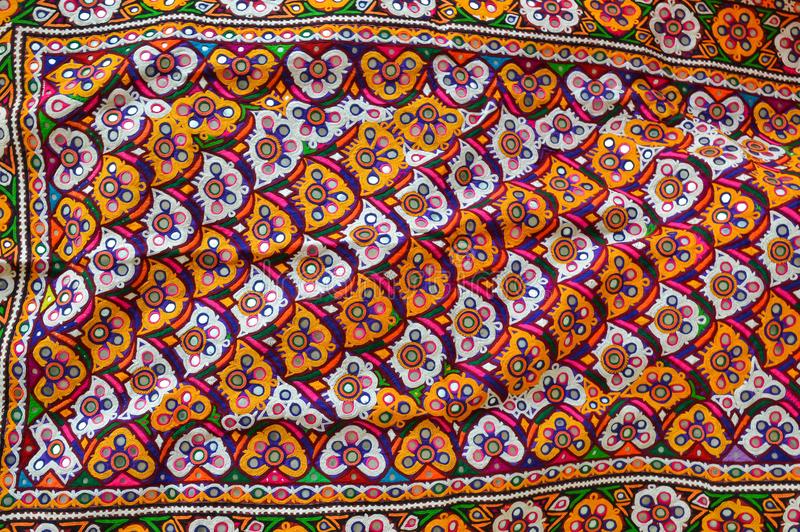Phulkari – A Traditional Art Form That Empowers Women

Cross-stitching or phulkari has been around me for as long as I can remember. My nanu (maternal grandmother) was skilled in the art of cross-stitching, and she passed it down to my mother as well. Throughout the various homes I’ve lived in, I’ve always been able to admire fully handmade, meticulous, ornate cross-stitch work whether in wall hangings, cushion covers, or as embroidery on clothing.

In a similar way, Manpreet Kaur inherited the art of phulkari from her mother and grandmother. She now runs Parveen Phulkari House in the town of Patti located in Amritsar, Punjab. Although it is revered as a traditional skilled art form in Manpreet’s and my own cultures, it is sadly also a dying art form. Usually seen as a pastime for women at home, fewer younger women are interested in learning the art of phulkari, and what used to be handmade stitching is now being increasingly mechanized. According to Manpreet, mechanized phulkari loses the unique quality of handmade phulkari and thus loses some value.
Seeing cross-stitch work or phulkari is always a reminder of my late nanu and the amazing needle-and-thread work that her hands could produce. It gained her so much respect in her local communities, which is an ode to the cultural reverence of the art. It is also a reminder of the dynamism of my mother as she does cross-stitch work whenever she has time away from her full-time job.
Manpreet’s business is a wonderful example of preserving heritage that also serves to empower women in many ways. For homemakers, it enables them to either learn a traditional skill or earn income off a skill they already have. For others, it fosters an interest in upholding traditions and producing art that can be both admired and used. Either way, Manpreet’s business and workshops are expanding the scope of opportunity for women in her community.
Manpreet is enabling women in her community to continue these traditions in their families just as it has been passed down in my family. I cannot help but deeply appreciate Manpreet’s efforts in upholding heritage, promoting the arts, and empowering women in her community.
Manpreet is one of the many artists featured in the GRID Heritage project’s online exhibition. For more information on Manpreet and her work, visit India Manpreet Kaur | GRIDHERITAGE.
For more information on GRID Heritage’s vision, scope, and other exhibitions, visit https://www.gridheritage.com.
